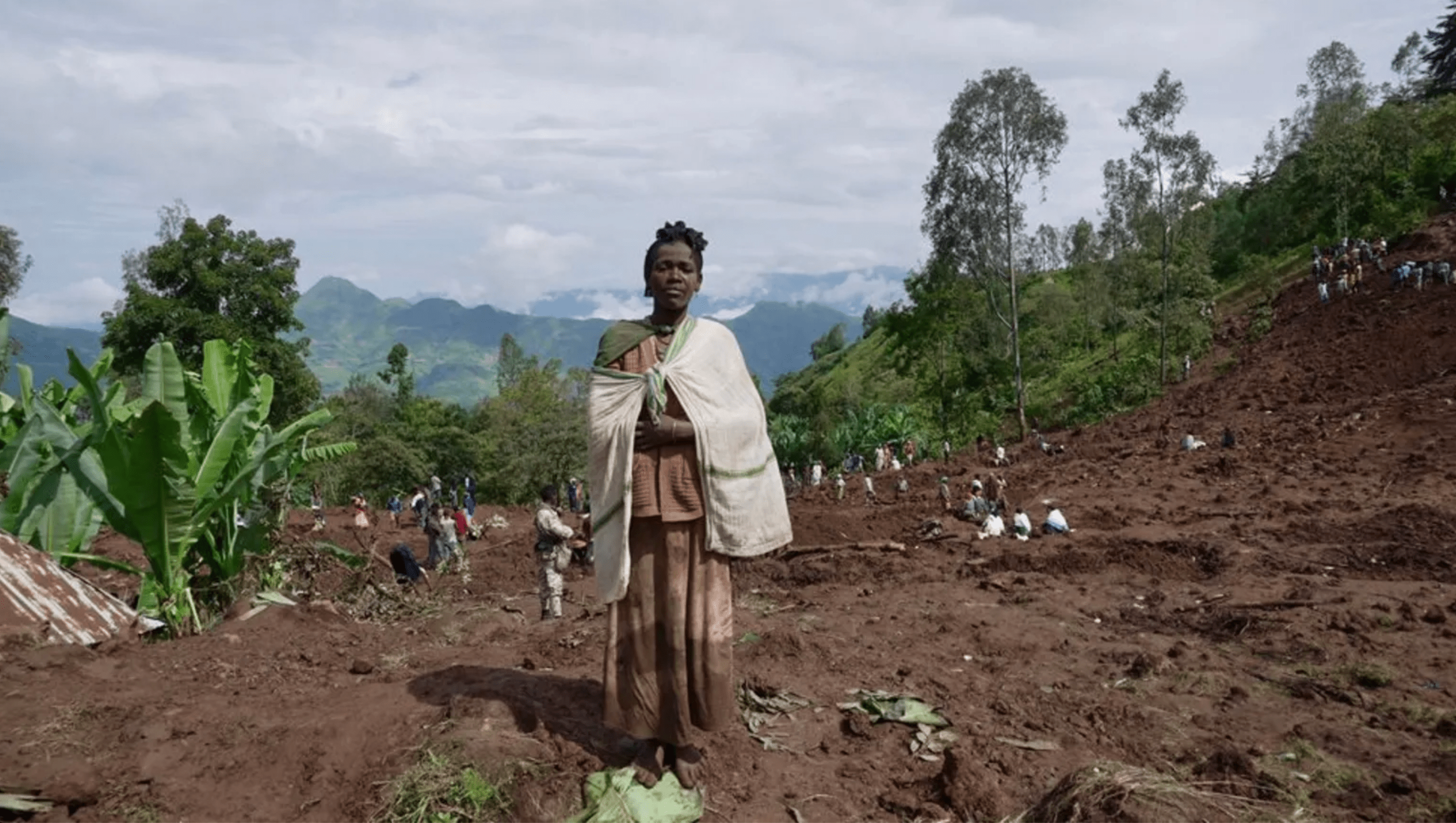The B2gold-owned Otjikoto Mine has produced 45 416 ounces of gold in the first quarter of this year.
This is contained in the Canadian company’s operational and financial results for the first quarter of the year, issued by Clive Johnson, the mine’s president and chief executive, on Tuesday.
B2Gold holds a 90% interest in the Otjikoto gold mine.
Johnson said for the first quarter of 2024, mill feed grade was 1,74 g/t, mill throughput was 0,83 million tonnes, and gold recovery averaged 98,5%.
This has contributed to B2Gold’s total gold production in the first quarter of 2024 of 225 716 ounces at all three of the mine’s operations.
This is in line with expectations, and the company is on track to meet its consolidated annual production guidance range.
Johnson said for the first quarter of 2024 ore production from the Wolfshag underground mine at Otjikoto averaged over 1 500 tonnes per day at an average grade of 4,06 g/t gold.
“As at the beginning of 2024, the Probable Mineral Reserve estimate for the Wolfshag deposit includes 100 000 ounces of gold in 0,6 million tonnes of ore at an average grade of 5,02g/t gold,” he said.
He said open-pit mining operations at Otjikoto will continue to ramp down in 2024 and conclude in 2025, while processing operations are expected to continue until economically viable stockpiles are exhausted in 2031.
Underground operations are currently projected to continue until 2026 with potential to extend underground operations if the ongoing underground exploration programme is successful in identifying more mineral deposits.
The company announced positive exploration drilling results from the Antelope deposit at Otjikoto Mine on 31 January.
The Antelope deposit, comprised of the Springbok zone, the Oryx zone, and a possible third structure, Impala, subject to further confirmatory drilling, is located approximately 3km south of the Otjikoto open-pit mine.
“The Antelope deposit has the potential to be developed as an underground mining operation, which could complement the expected processing of low-grade stockpiles at the Otjikoto mill from 2026 to 2031,” Johnson said.
Cash operating costs for the first quarter of 2024 were US$642 per gold ounce produced (US$561 per ounce gold sold), which were lower than expected as a result of higher production and a weaker Namibia dollar.
Cash operating costs of US$561 per gold ounce sold for the first quarter of 2024 were lower than the cash operating costs per ounce produced for the first quarter of 2024 as a result of the sale of lower cost inventory produced in the fourth quarter of 2023.
All-in sustaining costs for the first quarter of 2024 were lower than expected as a result of lower than anticipated cash operating costs, higher than anticipated gold ounces sold, and lower than expected sustaining capital expenditures, partially offset by higher gold royalties resulting from a higher than expected average realised gold price.
Johnson said capital expenditures for the first quarter of 2024 totalled US$14 million, consisting of US$11 million for deferred stripping in the Otjikoto pit and US$3 million for the Wolfshag underground mine development.
The Otjikoto Mine is expected to produce between 180 000 and 200 000 ounces of gold in 2024 at cash operating costs of between US$685 and US$745 per ounce and all-in sustaining costs of between US$960 and US$1 020 per ounce.
“Gold production at Otjikoto is expected to be relatively consistent throughout 2024, with the mine expected to process a total of 3,4 million tonnes of ore at an average grade of 1,77 g/t gold with a process gold recovery of 98,0%.
“Processed ore will be sourced from the Otjikoto pit and the Wolfshag underground mine, supplemented by existing medium and high-grade ore stockpiles,” Johnson said.
– email: matthew@namibian.com.na
Stay informed with The Namibian – your source for credible journalism. Get in-depth reporting and opinions for
only N$85 a month. Invest in journalism, invest in democracy –
Subscribe Now!






